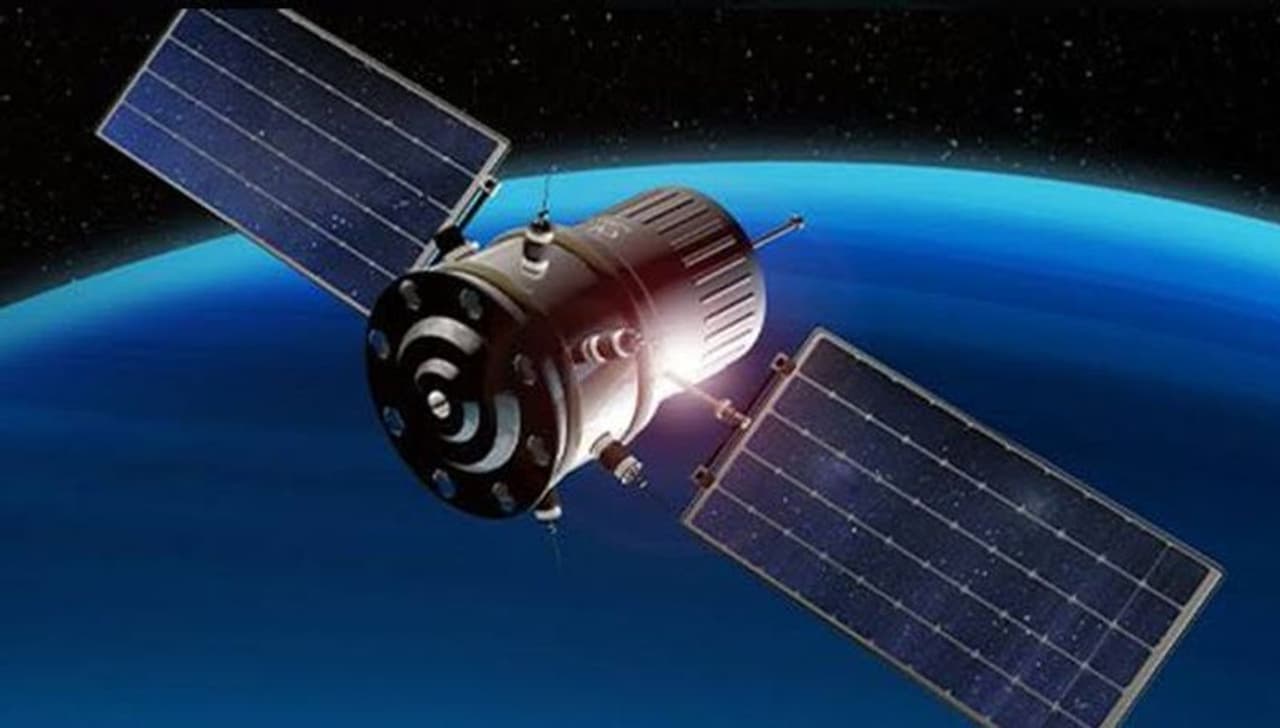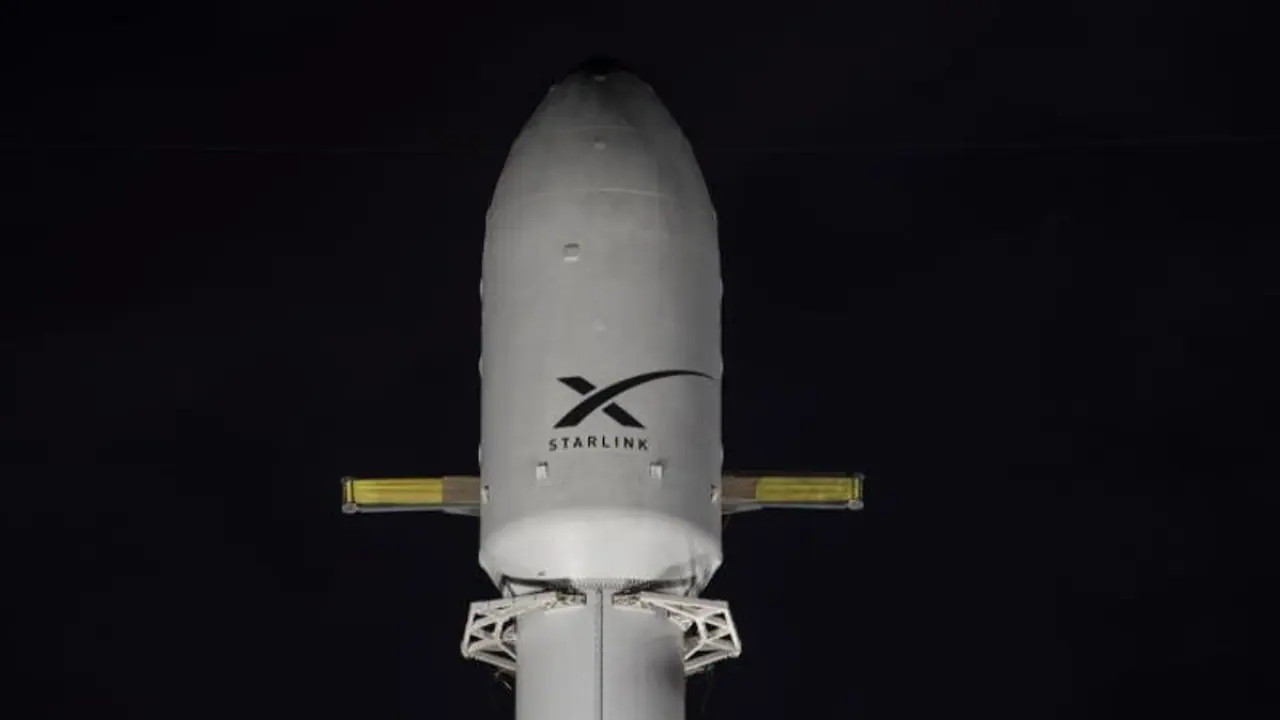The satellite, which will be launched at 2:39 am Indian Standard Time on June 13, has both civilian and defence applications. Defence and Aerospace Expert Girish Linganna explains why this is a significant milestone in India's space technology industry
Ahmedabad-based Azista BST Aerospace is preparing to launch its first satellite, ABA First Runner (AFR), aboard Elon Musk's SpaceX Falcon 9 rocket on June 13, at 2.39 am Indian Standard Time. The launch comes at a time when the Indian space technology industry is experiencing rapid growth, due in part to the approval of the Indian Space Policy in 2023.

Azista BST Aerospace (ABA) was formed by Azista Industries Private Limited and Berlin Space Technologies GmbH. ABA's 50,000 square feet factory in Ahmedabad manufactures small satellites.
The ABA First Runner satellite weighs 80 kilograms and has an optical remote sensing payload that can image in both panchromatic and multispectral modes.

What does remote sensing, panchromatic and multispectral images mean?
Remote sensing is the process of collecting information about an object or area from a distance, without coming into direct contact with it. This can be done using a variety of sensors, including cameras, lasers, and radar.
Panchromatic images are images that are captured in a single band of light, typically the visible spectrum. This means that they only record the brightness of the object or area being imaged, and do not record any information about its colour.
Multispectral images are images that are captured in multiple bands of light, typically the visible and near-infrared spectrum. This means that they record the brightness of the object or area being imaged in multiple colours, which can be used to identify different materials and objects.
Uses of remote sensing, panchromatic, and multispectral images
* Earth observation: To monitor land use, climate change, and natural disasters
* Mapping: To create detailed maps of the Earth's surface
* Security: To monitor borders and detect illegal activities
* Agriculture: To monitor crops and identify pests and diseases
* Wildlife conservation: To track animal populations and identify habitats
AFR is a satellite developed by the private space industry in India. It is the first satellite of its size and performance that can be used for a variety of critical applications, including civilian and defence purposes.
Sunil Indurti, director of Azista BST Aerospace, said that the company chose SpaceX's Falcon 9 rocket over India's Polar Satellite Launch Vehicle (PSLV) because the Falcon 9 has a satellite compartment.
The Indian space sector has been undergoing significant changes at the time Azista BST Aerospace reserved a spot on the Falcon 9 rocket. These changes were brought about by the establishment of a private-sector regulator.
In contrast to SpaceX, which launches several rockets every year, ISRO only launches its PSLV rockets occasionally. However, Indurti acknowledged that ISRO's launch costs are comparable to those of other organizations.
Srinivas Reddy Male, Managing Director of the ABA, said that the launch of AFR is an exciting development that will help to realize the potential of satellite constellations for a variety of applications. Azista BST Aerospace is on track to produce 10 satellites in 2024.
